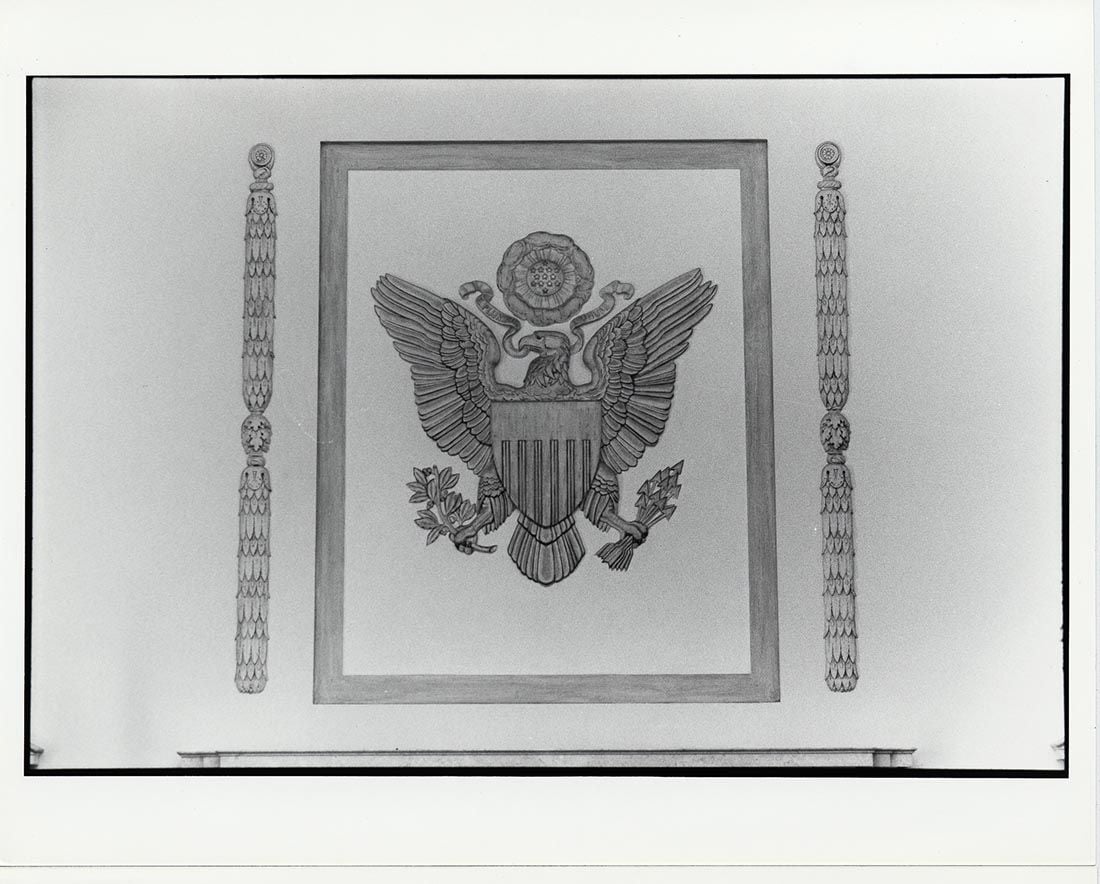U.S. Dollar to Benefit From Higher Interest Rates and a Solid Economy in 2019: Indosuez

Above: Federal Reserve coat of arms. File photo. Image: U.S. Government Works.
- Market too pessimistic on U.S. interest rate trajectory
- Fed likely to hike base rates twice in 2019
- Dollar to remain correlated to interest rates
The outlook for the U.S. Dollar in 2019 is positive as the currency's primary driver, interest rates, should rise amidst a backdrop of solid economic growth say Indosuez Wealth Management, an asset management firm based in Geneva.
Analysts at Indosuez believe the U.S. Federal Reserve (Fed) will continue to raise interest rates, and benchmark 10-year bond yields will rise accordingly - both tend to result in an appreciation in the currency too.
The view somewhat goes against the grain of a more pessimistic market consensus which sees growth in the U.S. economy as having peaked in 2018 and the Fed keeping interest rates unchanged in 2019 as a result.
Questions about U.S. economic growth and declines in stock markets recently led to a change in policy stance from the Fed, which has adopted a more neutral data-dependent ‘wait and see’ approach, from previously being in favour of raising interest rates when the economy was booming in 2018.
Based on this communication, markets pricing shows investors no longer expect any interest rate rises to be delivered in 2019 owing to a slowdown in economic momentum. The risk is the market is too pessimistic and they have to bring back their expectations, which would naturally lead to a rise in the Dollar.
"Though market is pricing no more rate hikes in 2019, we think the possibility of inflation picking up and the Fed managing to do one or two more rate hikes is reasonably high," says Anita Yadav - Head of Fixed Income Research at Emirates NBD.
The Fed itself indicates this thinking is to pessimistic. The current 'dot plot' projections for future interest rates at the Fed show policy makers are expecting two more rate hikes in 2019 which in turn will possibly see the benchmark UST yield curve shifting upward, causing bond prices to fall.
In 2018 the Fed raised interest rates by a quarter of a percent a total of four times from 1.5% to 2.5% to cool the overheating economy - in 2019 Paul Wetterwald, chief economist at Indosuez Wealth Management, expects two rate hikes from the Fed.
“We tend to keep the idea that we will see more rate hikes coming from the Fed. They have to digest a bit the shutdown and maybe a slightly weaker Q1 in terms of growth but the stock market is strong enough to warrant more rate hikes,” says Wetterwald.
Yet even in the event that the Fed does not raise interest rates at all, longer-term market interest rates such as the benchmark 10-year Treasury bond yield are likely to raise anyway because the Fed will still be tightening the economy by conducting quantitative tightening (QT).
QT is sort of reverse quantitative easing (QE). It has resulted from the Fed stopping its reinvestment of the principal it earns from the maturing bonds it bought when it was carrying out QE after the financial crisis.
QT also has a tightening effect on the economy which is likely to lead to higher bond yields and a stronger Dollar, regardless of whether the Fed actually goes ahead and increases interest rates.
“Even if we assume that the Fed would not move its Fed Fund rates then the current 10-year yield is too low by about 30 basis points depending on the in-house model used,” says Wetterwald in an interview with Bloomberg News. “This is because you have a shrinking in the Fed’s balance sheet and an expansion in the size of the public debt which should push the yield higher.”
In the event that the Fed actually raises its base Fed Funds interest rate the 10-year yield would also almost certainly rise.
Wetterwald only sees a 12% chance of a recession currently, which although higher than the 3% probability at the start of 2018 but not critically high.
The Dollar recently gained support after the release of better-than-expected U.S. jobs data which showed payrolls rising by 304k in January. This was substantially higher than the circa 200k estimate and similar long-term average.
Although wages did not rise as strongly as would normally be expected from such a tight labour market, the fact the economy continues to add jobs is a plus for the general outlook since recessions are almost always accompanied by a reduction in hiring as businesses rein in costs.
Time to move your money? Get 3-5% more currency than your bank would offer by using the services of foreign exchange specialists at RationalFX. A specialist broker can deliver you an exchange rate closer to the real market rate, thereby saving you substantial quantities of currency. Find out more here.
* Advertisement




